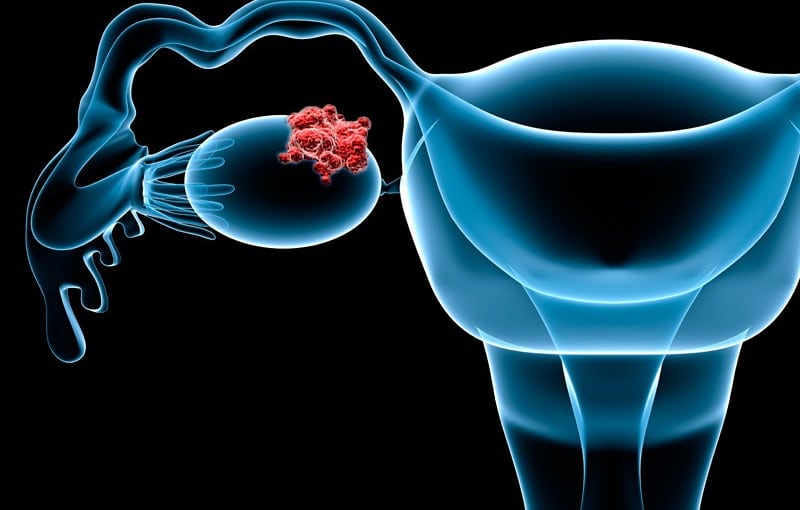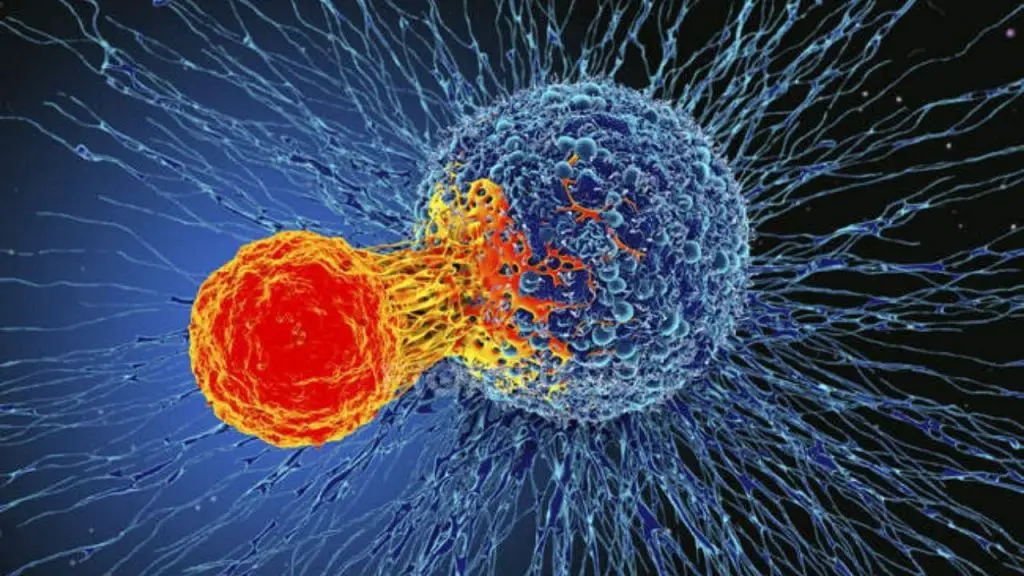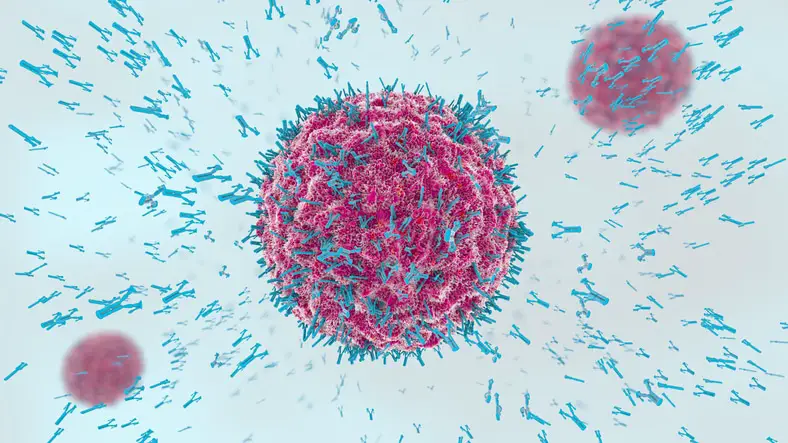The World Health Organization’s cancer agency has classified talc as “probably carcinogenic” to humans, but an outside expert warned against misinterpreting the announcement.
Why Talc May Be Carcinogenic
The decision is based on “limited evidence” that talc may cause the ovarian cancer in humans, “sufficient evidence” that it was linked to cancer in rats, and “strong mechanistic evidence” that it shows carcinogenic signs in human cells, the WHO’s International Agency for Research on Cancer (IARC) said.
Yes, it is a natural mineral mined in many parts of the world and often used to make baby powder.
According to the IARC in Lyon, most people are exposed in the form of talcum powders or cosmetics.
But the most significant exposure to talc occurs when it is mined, processed or used to make products, she added.
The agency said numerous studies have consistently shown an increased rate of ovarian cancer in women who use talcum powder on their genitals.
But it cannot be ruled out that the talc used in some studies is contaminated with asbestos, a carcinogenic substance.
“The causal role of talc could not be established with certainty,” according to the agency’s findings published in The Lancet Oncology.

Kevin McConway, a statistician at the UK’s Open University who was not involved in the research, warned that, according to the IARC assessment, “the most obvious interpretation is actually misleading”.
The agency only intends to “answer the question of whether the substance has the potential to cause cancer under certain conditions not specified by IARC,” it said.
Because the studies were observational and therefore could not demonstrate causality, “there is no hard evidence that talc use increases the risk of cancer,” she added.
The announcement comes just weeks after US pharmaceutical and cosmetics giant Johnson & Johnson agreed to pay $700 million to settle allegations that it misled customers about the safety of its talc products.
Johnson & Johnson did not admit any wrongdoing in its settlement, despite withdrawing the product from the North American market in 2020.
A summary of studies published in 2020 involving 250,000 women in the United States found no statistical link between talcum powder use on the genitals and ovarian cancer risk.
Also on Friday, the IARC classified acrylonitrile, a chemical used to make polymers, as “carcinogenic to humans,” the highest alert level.
He cited “sufficient evidence” linking acrylonitrile to lung cancer. Polymers made with acrylonitrile are used in everything from clothing fibers to carpets, plastics and other consumer products.
Johnson & Johnson Reaches $700 Million Settlement in Talcum Powder Case
U.S. pharmaceutical and cosmetics giant Johnson & Johnson has agreed to pay $700 million to settle allegations that it misled customers about the safety of its talc products, the New York state attorney general announced Tuesday.
In the settlement reached with 42 states and the District of Columbia, Johnson & Johnson admitted no wrongdoing, despite having pulled the product from the North American market in 2020.
The New Jersey-based company announced a settlement in principle in January after facing thousands of lawsuits related to talc containing traces of asbestos, which is believed to cause ovarian cancer.
“No amount of money can erase the pain caused by Johnson & Johnson talc products, but families can rest easy today that the company is being held accountable for the harm caused,” New York Attorney General Letitia James said in a statement.
New York State will receive $44 million of the settlement amount, to be paid in four installments over three years.
In a statement to AFP, Erik Haas, Johnson & Johnson’s global vice president of litigation, said the company “continues to pursue multiple avenues to reach a full and final resolution of the talc litigation.”

The process “includes the finalization of a previously announced agreement the Company reached with a consortium of 43 state attorneys general to resolve their talc disputes.”
In April 2023, the group proposed an $8.9 billion settlement that would “fairly and efficiently resolve all claims arising from cosmetic talc litigation.”
J&J said the money will be paid to tens of thousands of claimants over 25 years through a subsidiary, LTL Management LLC, that was created to handle the claims and which has filed for bankruptcy protection.
However, a bankruptcy judge rejected the deal.
“We will continue to address the concerns of those who do not want to participate in our anticipated consensual bankruptcy resolution through litigation or settlement,” Haas added in his statement Tuesday.
A summary of studies published in January 2020 involving 250,000 women in the United States found no statistical link between talcum powder use on the genitals and ovarian cancer risk.
Genital talc use is positively linked to ovarian cancer
According to a study published online in the Journal of Clinical Oncology, there is a positive correlation between the use of intimate hygiene products, including genital talc, and ovarian cancer.
Katie M. O’Brien, Ph.D., of the National Institutes of Health in Research Triangle Park, North Carolina, and colleagues examined the association between intimate hygiene products and hormone-related cancers in women using data from a U.S. cohort study that enrolled 50,884 women who had a sister with breast cancer. Data on genital talc use and douching were obtained at enrollment from 2003 to 2009 and at follow-up from 2017 to 2019.

Overall, 41 to 64 percent of participants douched and 35 to 56 percent used genital talc in the scenarios studied. The researchers found that genital talc use was positively associated with ovarian cancer in models adjusted for exposure misclassification (hazard ratio range, 1.17 to 3.34).
Positive associations were observed for frequent douching and douching during young adulthood with ovarian cancer; neither douching nor talc were associated with breast or uterine cancer. Positive bias was likely produced by differential reporting of talc use by cases and noncases, but the hazard ratios were greater than 1.0 even when correcting for bias. For example, when 25 percent of exposed cases and 10 percent of unexposed noncases were reassigned to talc status, the hazard ratio was 1.40.
“Our findings support the hypothesis that there is a positive association between genital talc use and the incidence of ovarian cancer, although they do not identify a specific cause or mechanism,” the authors write.
#Talc #carcinogenic


